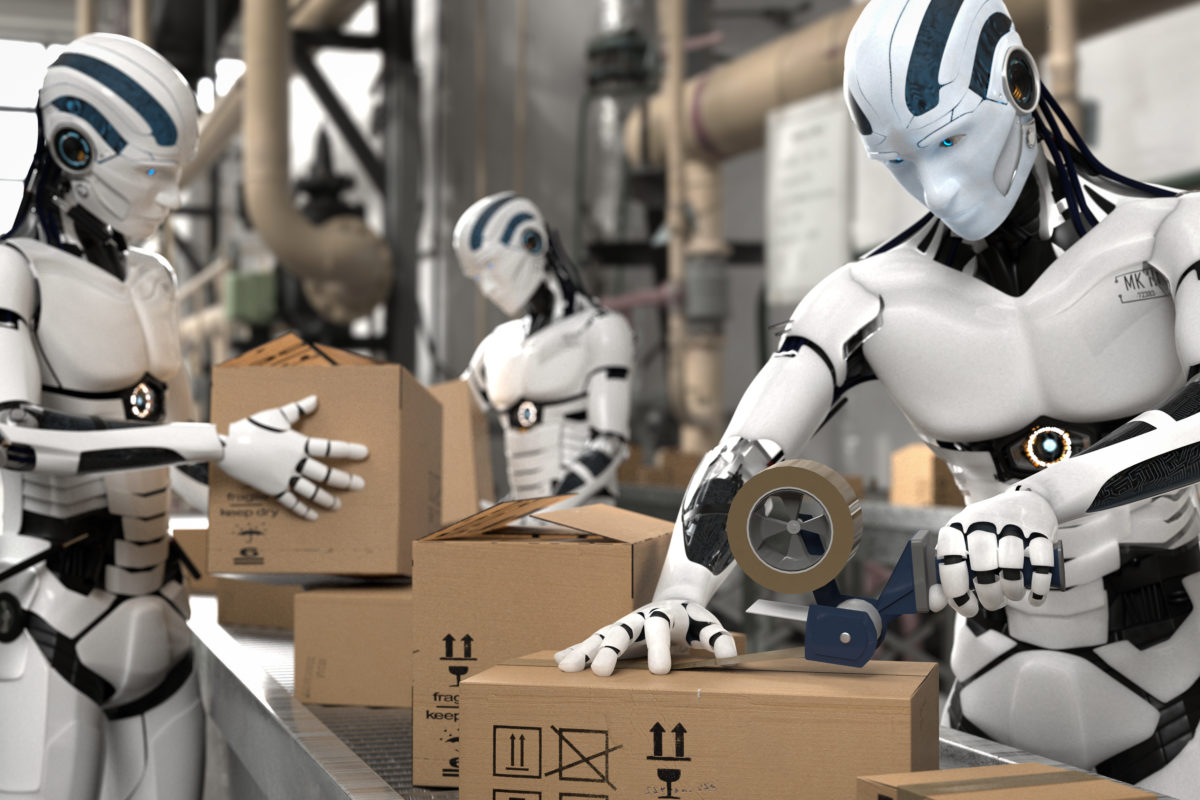The Bottom Line K-12 Schools Are Not Preparing Students for the Workforce
Originally published at Puget Sound Business JournalA dramatic shift in the workforce landscape is underway. Obviously, the pandemic has rapidly increased remote work. But even more transformative has been the astonishing growth of e-commerce, automation, and artificial intelligence, which McKinsey and Company forecasts will require up to 25 percent more workers to change occupations than previously estimated.
In The Human Advantage: The Future of American Work in an Age of Smart Machines, Jay W. Richards describes a coming “age of mass disruption” in which automation will radically transform the job market.
In this new environment, not only will many current workers need to change careers, but future workers will need new skills to compete for jobs in non-traditional roles and emerging industries. Alas, however, K-12 schools are not keeping pace with these changes.
For graduates pursuing higher education, remedial courses are needed for 33 percent of 4-year public college students and 60 percent of community college students. The cost of this deficiency is enormous: almost $6 billion per year through federal financial aid to cover up to 30 hours of remedial courses per student.
Students in today’s classrooms continue to receive an education not too different from that of their grandparents. For example, graduation requirements have not changed appreciably in half a century or more. The emphasis on memorizing facts and selecting from multiple choice answers continues, as does regimented classroom formats of one teacher for every 25 students grouped by age for 180 days, with learning divided by subject. And students progress in grade at the same time each year regardless of whether they’ve attained the degree of learning required to succeed at the next level.
Covid school closures, spanning more than one calendar year for roughly half of public schools nationwide, combined with reduced instruction hours, have exacerbated the situation. Washington State, ranking 26th among states in quality of education, has been among the slowest to reopen schools for in-person learning. The shift in April from remote only to hybrid finally came by way of Governor Jay Inslee’s emergency proclamation, requiring government-funded schools to offer students 30 percent of pre-pandemic in-person instruction hours.
At a time in history when more learning and skill development are needed, the opposite has occurred as education and government leaders continue to allow teacher union to dictate their agendas. Since last summer, teacher unions have called the shots in our government-funded and run K-12 public education system by refusing to allow teachers to return to their classrooms until outlandish demands are met.
The result of our stagnant public education system? The first victims are our students, who are no longer competitive against their international counterparts. The U.S. K-12 education places 26th among developed nations, trailing far behind the world leaders — China, Hong Kong, Finland, Singapore, South Korea, Japan, and Canada.
Math performance is even more dire. China again takes first place, and 31 countries follow before the U.S. comes on the radar screen at 33rd place. Science and reading scores (23rd and 17th respectively) are not much better.
The deficiencies in our educational system have also resulted in the need for U.S. employers to seek workers from a host of other countries to fill highly skilled and service jobs. The U.S. talent shortage has been accelerating quickly over the past decade.
Even more fundamentally, without a change of course to our increasingly deficient education system, the U.S. will find it impossible to maintain its position as a world economic and military leader. The quality of life for American society as a whole is even in jeopardy if we cannot change.
Yet, the future need not be bleak. With the challenges of disruption, Richards also offers hope, reminding us that though the accelerating rate of economic change seems daunting, the future is an opportunity rather than a crisis for those prepared. Our K-12 education system needs to lead the way in that preparation, ensuring students become, as Richards puts it, “logical, literate, and numerate, since these underlie every other intellectual skill.”
[Editor’s Note: Jay W. Richards is a Senior Fellow at Discovery Institute.]


